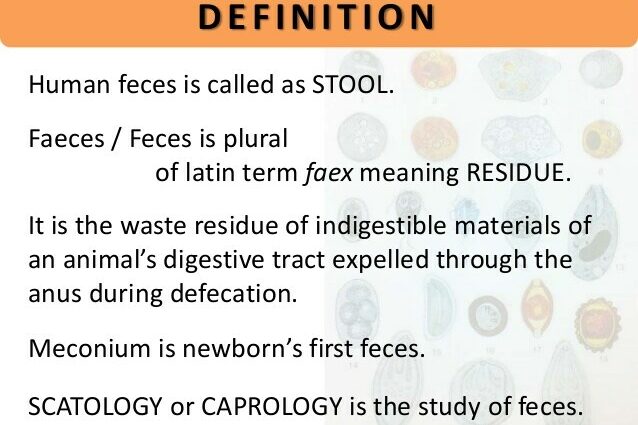Contents
Definition of parasitological examination of stool
Un parasitological examination of the stool (EPS) consists of analyzing the stool for the presence of p, in the event of symptoms such as diarrhea persistent.
A coproculture can also be carried out: it makes it possible to search for the presence of bacteria in the stool.
When to do a parasitological examination of the stool?
This examination is prescribed in the event of digestive symptoms suggestive ofparasitic disease:
- diarrhea that persists for more than 3 days despite antidiarrhoeal treatment
- persistent (2 weeks) or chronic (more than 4 weeks) diarrhea
- abdominal pain,
- anal pruritus, loss of appetite, nausea, etc.
- fever
- returning from a trip to a country where digestive parasites are frequent (endemic area)
- eosinophilia (= presence of a high number of eosinophilic white blood cells in the blood).
The exam
The examination consists in directly looking for the presence of parasites by observation under a microscope. The sampling methods may differ according to the analysis laboratories, and it can be done on site or at home.
In general, all of the stools produced should be collected in a sterile container quickly taken to the laboratory. Refrigeration should be avoided, which could destroy certain parasites, including certain forms of protozoa.
Depending on the case, it is sometimes possible to collect only 20 to 40 g of stool using a spatula (the equivalent of a large walnut).
It is recommended that three tests be performed on stool collected separately a few days apart to facilitate diagnosis. In practice, laboratories often require 2 samples, taken 2 to 3 days apart.
What results can we expect from a parasitological examination of the stool?
The parasitological examination of the stool makes it possible to highlight parasites in different forms, depending on the species: eggs, larvae, cysts, so-called vegetative forms, spores, worms, rings, etc.
It is carried out first with the naked eye, then under a microscope (after special treatments carried out on the sample).
A large number of parasites can be responsible for intestinal parasites, whether in developed countries or after a trip to endemic areas.
For example, it is possible to spot certain parasites such as pinworms, roundworms or tapeworm rings with the naked eye.
The microscopic examination makes it possible to detect the eggs and larvae of helminths, amoebae, coccidial oocysts, etc.
Depending on the result and the type of parasite detected, the doctor will suggest an appropriate treatment.
Read also : Our factsheet on diarrhea |










